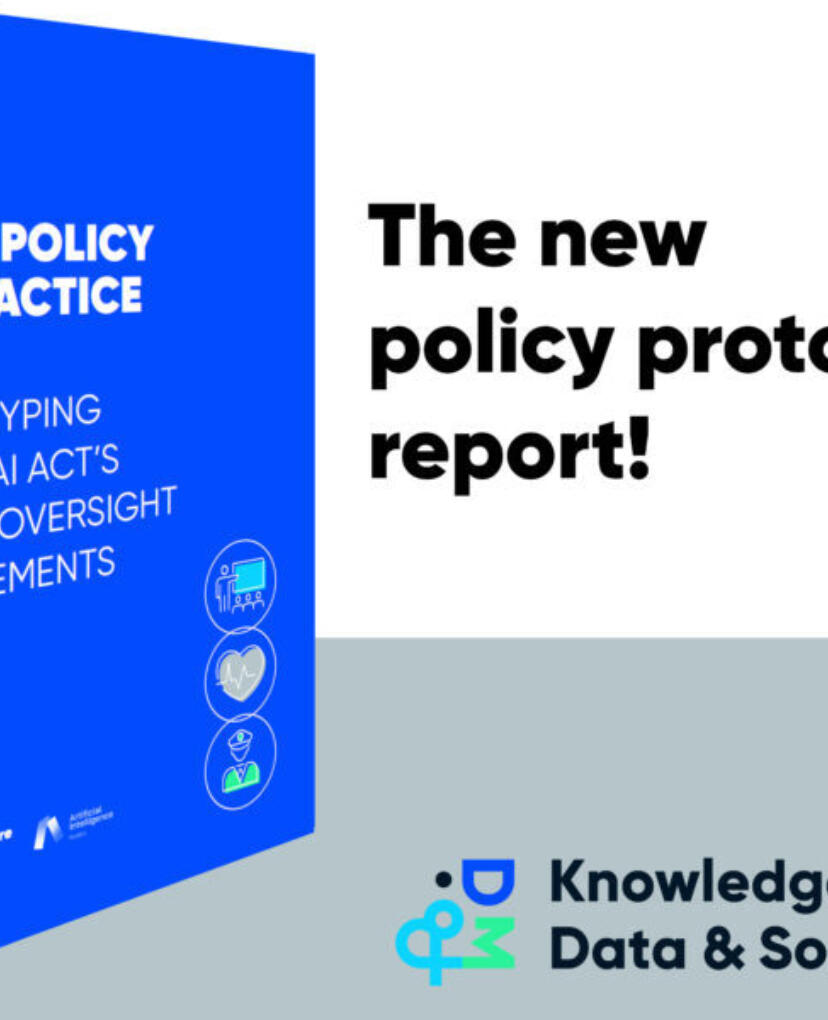Introduction
The Knowledge Centre organised a workshop on 21 June 2023 to officially kick off its 'Policy Prototyping the AI Act: Transparency Requirements' project. A group of 18 interdisciplinary professionals worked on different prototypes for instructions for use (Art 13 AIA) and disclaimers (Art 52 AIA) based on five different use cases. The final result will be presented this autumn.
The EU emphasizes transparency as a fundamental value for the development, deployment, and utilization of AI systems. The topic was already given prominence in the policy documents that preceded the AI act, such as the Ethics Guidelines for Trustworthy AI, issued by the High-Level Expert Group on AI, or the White Paper on AI, issued by the European Commission. The AI Act continues that line. For this reason, the Knowledge Centre decided this year to focus its Policy Prototyping project on the transparency obligations in the EU AI Act proposal.
Those obligations are mainly translated into two articles in the regulation, namely Art. 13 'Transparency and provision of information to users' and Art. 52 'Transparency obligations for certain AI systems'. Through this project, the Knowledge Centre aims to examine the transparency obligations in detail and:
- Develop prototypes in the format of instructions for use for high-risk AI systems (under Art. 13 AIA) and disclaimers (under Art. 52 AIA).
- Collect feedback on the practical feasibility, practicability, and understandability of the transparency requirements.
- Provide feedback to policymakers and lessons learned to stakeholders.




